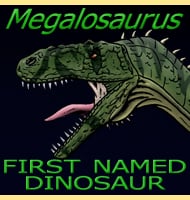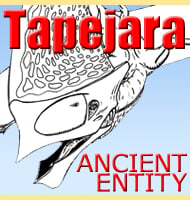Megalosaurus
In Depth The Introduction of Megalosaurus to Science Megalosaurus was the dinosaur that started a great many things including the science of palaeontology, the debate about if dinosaurs should be called names that end with ‘saurus’ because they are not ‘lizards’, to lifetimes of fascination about the creatures that once walked the Earth when we … Read more

